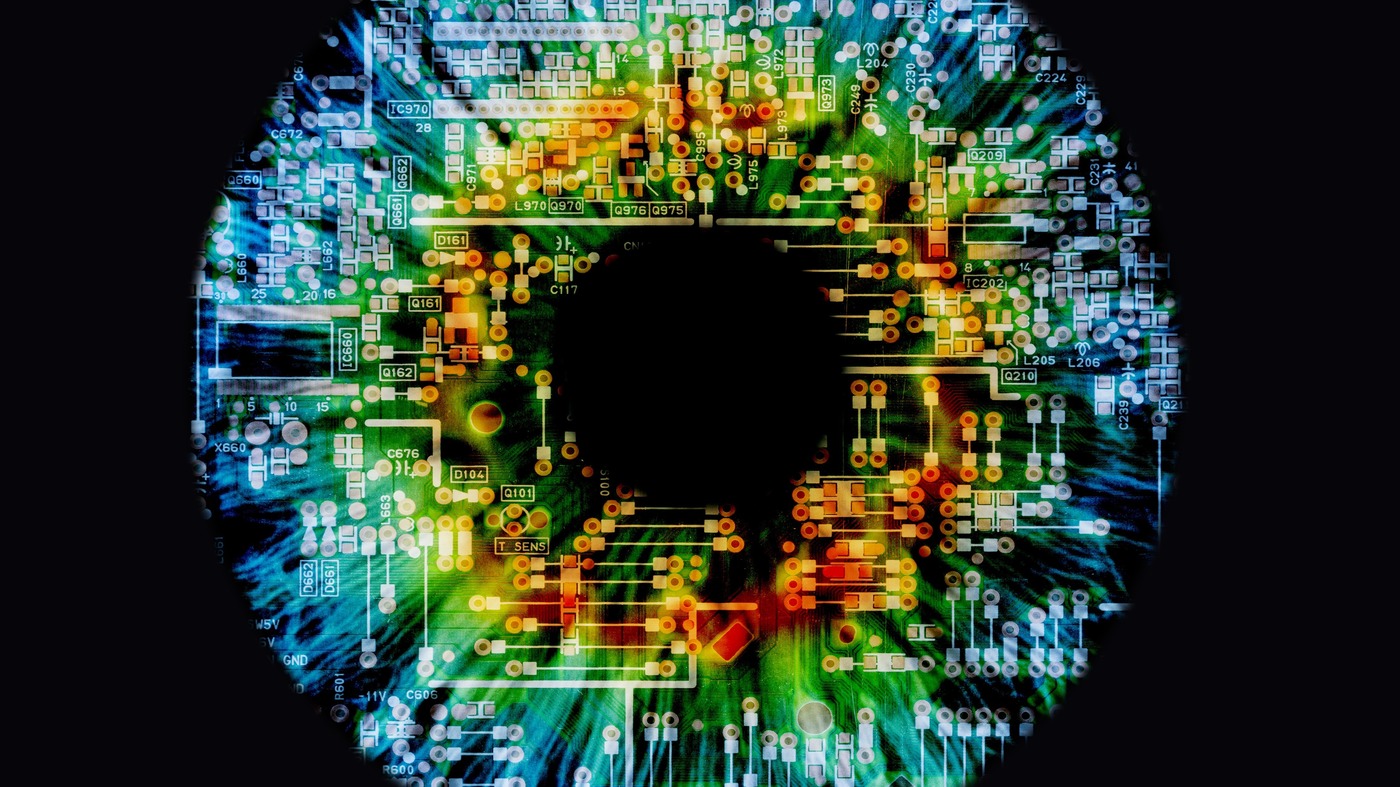Deep learning is a relatively new discipline which belongs to a larger area of machine learning. Deep learning emerged as yet another attempt to glue Machine Learning to AI. The main idea of the whole process is to educate machine on things that are in the natural power of human beings. Based on the text, visuals, or sounds, computers are expected to learn classification tasks using a large set of labelled data and neural network architectures that consist of numerous layers.
“You can input an audio clip and output the transcript. That’s speech recognition”, Andrew Ng, VP & Chief Scientist of Baidu.
How does it work?
The majority of deep learning techniques utilize neural networks. This is why DL models are oftentimes called deep neural networks.
Stacked Autoencoder Network
A stacked autoencoder is a neural network consisting of multiple layers of sparse autoencoders where the outputs of each layer are wired to the inputs of the successive layer. So, if you are to portray the Network, it would be a sandwich-like structure with numerous layers that are hidden in between of input and output layers. The middle part functions as Stacked Autoencoders.
Deep Belief Network
This kind of network is a probabilistic generative model containing multiple layers of hidden variables. Every layer captures higher order correlation between the activities of hidden features in lower layers of DBN. When speaking of Deep Belief Network, most of the times you’ll hear a term RBM, an abbreviation of Restricted Boltzmann Machine which stands for top 2 layers in the model. The Lower layer usually has contains a directed sigmoid belief network.
Deep Convolutional Network
ConvNet or CNN are 2 other names of the 3rd network we want to highlight. ConvNet is a sub-set of feed-forward network which is common when performing image processing assignments. The Network typically has 1 or a few more convolutional layers with a sub-sampling layer. These layers are followed by 1 or more fully-connected resembling standard multilayer neural networks. Comparing to other networks’ training, the learning process of CNN is relatively simple.
Application Areas
According to Forbes contributor who covers entrepreneurship and technology trends, companies are willing to predict the triggers of either lower costs or add value.
In less than a decade, we will see a significant growth of DL in numbers. Practice research shows that in 5 years sales generated by deep learning software will reach 6BUSD globally with numbers almost doubling by 2024.
Deep learning applications are likely to transform the following areas of business:
Better Customer service can be achieved through aggregating large amounts of historical data to cater to the needs of a client more efficiently in the future. Large corporations e.g. airlines or hotel booking services might finally find the ways to serve their clientele better with fewer dollars put into a repetitive initiative that will be outsourced to deep leaning.
Marketers struggle with huge piles of data they need to make use of harnessing powerful insights. The experts are submerged in data being at a loss sometimes which analytics suite to go for. In 2017, deep-learning algorithms are likely to put this problem to an end by offering real-time advice to select campaign timeline, the right audience as well as content strategy. Intel acquired Saffron, a company that helped reduce time to market for Intel’s Manufacturing Group and saved 5-10MUSD per a single project just by cutting down on test costs with the help of deep learning.
If you open your inbox and skim through tons of sales emails offering you either new FitBit or vacation in Spain etc, you might get frustrated for a second. The main goal of salespeople is to aim more precisely at their customer by crafting custom-tailored offerings suitable for a particular user (not his neighbour, or his neighbour’s neighbour). Generic males are bygones. Deep learning will help identify not only the right content for each prospect but the proper timing to send the sales email, the minute when a potential client is most likely to accept the offer. Italian
Remember the saying “That was just another meeting that could have simply been a conf call?” Automation of meeting scheduling is another task we may tackle with the help of deep learning helping companies optimize workforce performance and operations in general. Another area we lay our hopes on DL is hiring chatbots that might ask where you see yourself in 5 years etc. Now, we see some instruments that connect to group calls, put all the bullet points together sending every participant MoM when the call comes to an end.
DL can also help government officials bring more transparency into their operations transforming the way we interact with technology.
03 October 2017

 Alexander Kulitski
,
Alexander Kulitski
, 



